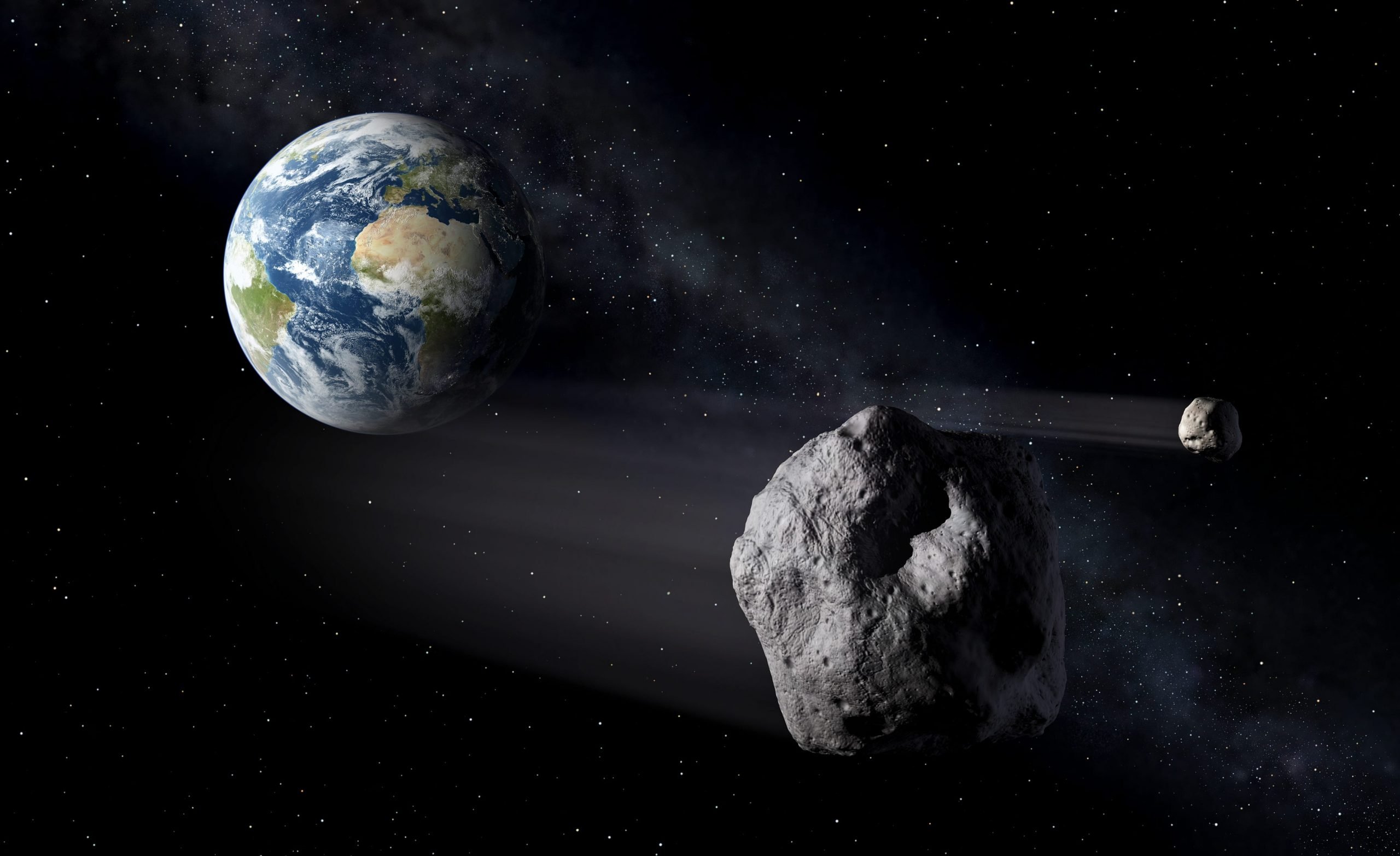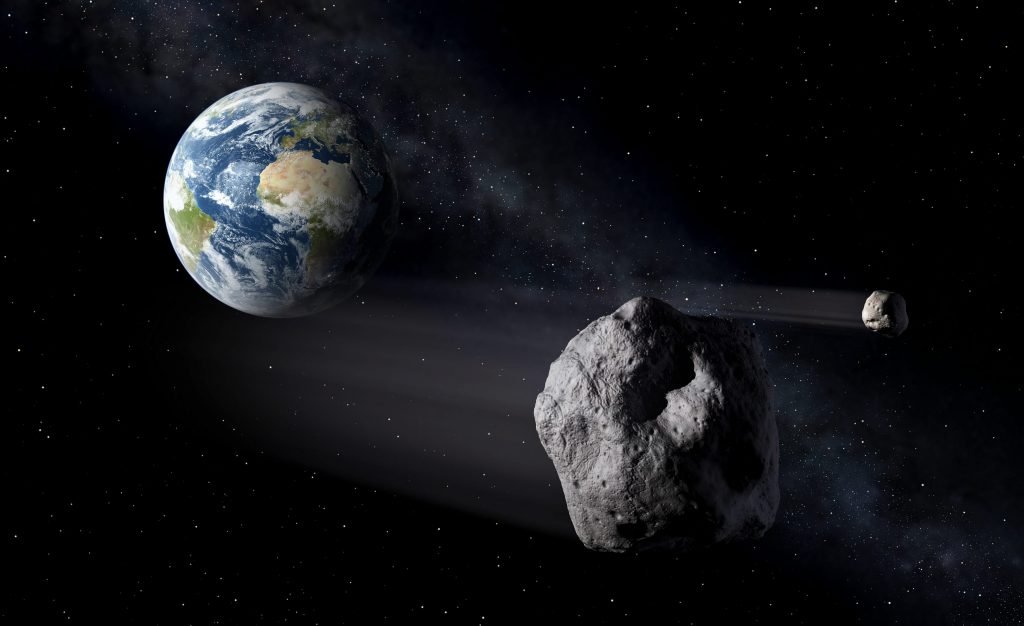
Peter Carril/ESA
- NASA's new spacecraft mission aims to smash into the asteroid Dimorphos to reduce its speed.
- The asteroid will be slowed by a centimeter per second, but that's enough to change its orbit and eventual course.
- Scientists are testing to see if this method can help Earth defend itself from future incoming asteroids.
- Visit Insider's homepage for more stories.
NASA is preparing to launch a spacecraft that it wants to smash into an asteroid for planetary defense.
The first-of-its-kind DART mission, or Double Asteroid Redirection Test, is set to launch at 10:20 p.m. Pacific Time on November 23, aboard a SpaceX Falcon 9 rocket from Vandenberg Space Force Base in California, according to NASA.
Scientists are testing if they can use the collision to alter the orbit of Dimorphos, a 525-foot long moonlet asteroid that's millions of miles away from Earth and slightly smaller than the Washington Monument. Dimorphos orbits a larger asteroid called Didymos, which is almost half a mile long.
Both asteroids are expected to come within roughly 6.8 million miles of Earth in September 2022, and the spacecraft is expected to reach Dimorphos – and crash into it – around the same time.
The impact of the speeding spacecraft – moving at approximately 14,783 miles per hour – is expected to reduce Dimorphos' speed by about 1%. That may not seem substantial, but it's enough to alter the smaller asteroid's orbit, which scientists hope to observe from telescopes here on Earth.
The purpose of DART is planetary defense
DART's ultimate goal is to gain information on how space organizations can defend Earth from deadly asteroids hurtling towards us in the future.
"The Earth is hit by asteroids and pieces of asteroids all the time. Every year or so, we get hit by things the size of a table," said Andy Rivkin, DART's co-lead investigator from the Johns Hopkins University Applied Physics Lab, in a 2018 video featured on the project's website.
He said that objects like Dimorphos and Didymos hit Earth every few thousand years and are large enough to cause significant damage "on a regional scale."
A 3-mile-wide chunk of space ice passed within 64 million miles of the planet in July. And in 2019, a 427-foot-wide "city-killer" asteroid that scientists had no idea about until several days before it flew by came within 45 million miles of Earth.
In comparison, the asteroid that ended the dinosaurs 65 million years ago was 6 miles wide.
The DART mission, developed and led for NASA by the Johns Hopkins University Applied Physics Lab, uses a "low-cost" spacecraft that will be outfitted with two solar arrays making it a total 27.9 feet long, said the project website.
The craft is equipped with a camera to help guide it to Dimorphos and an Italian-made satellite cube that will detach from the spacecraft before the impact and take pictures of the collision.
A few years after the DART impact, the European Space Agency said its Hera mission will investigate the project's effect on Dimorphos and its companion, Didymos.
NASA has launched missions to hit asteroids before, aimed at gathering information about space objects. In 2005, it conducted the Deep Impact mission to hit the comet Tempel 1, which it observed for eight years before it lost communication with the spacecraft.
The Johns Hopkins University Applied Physics Lab team did not immediately respond to Insider's request for comment.
